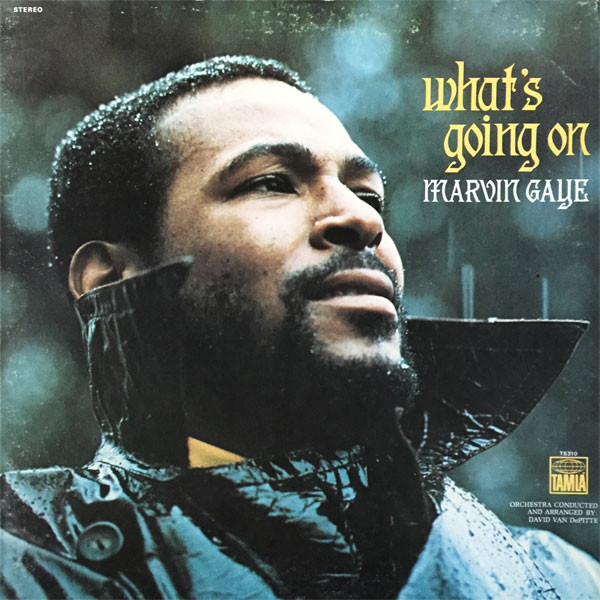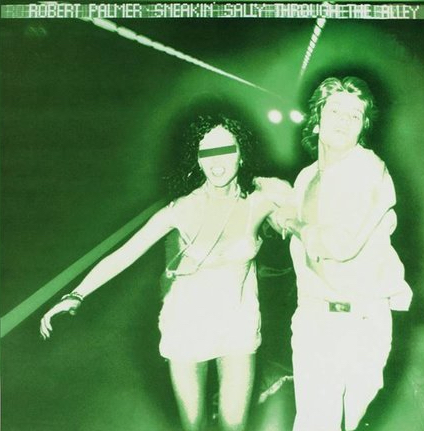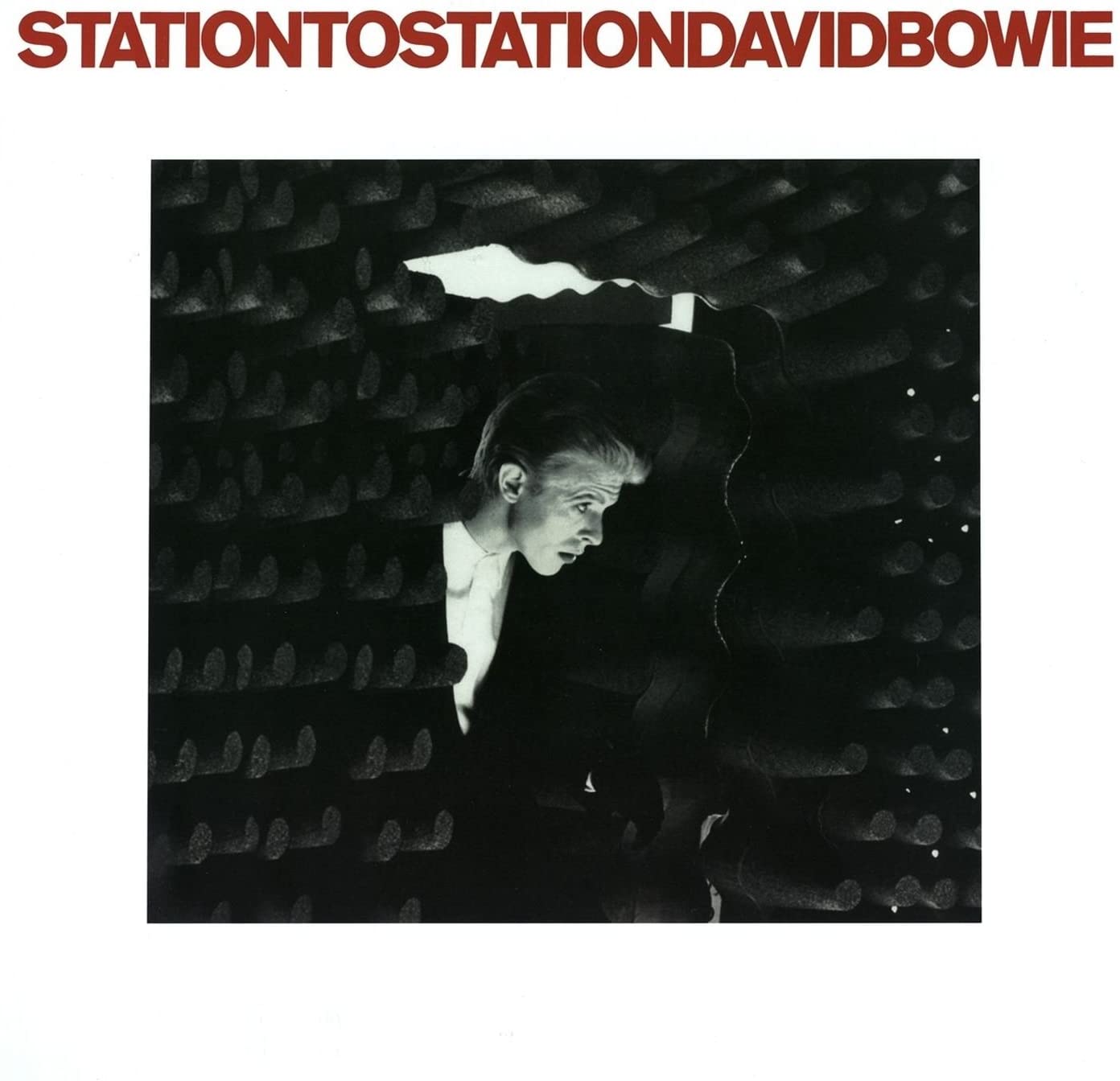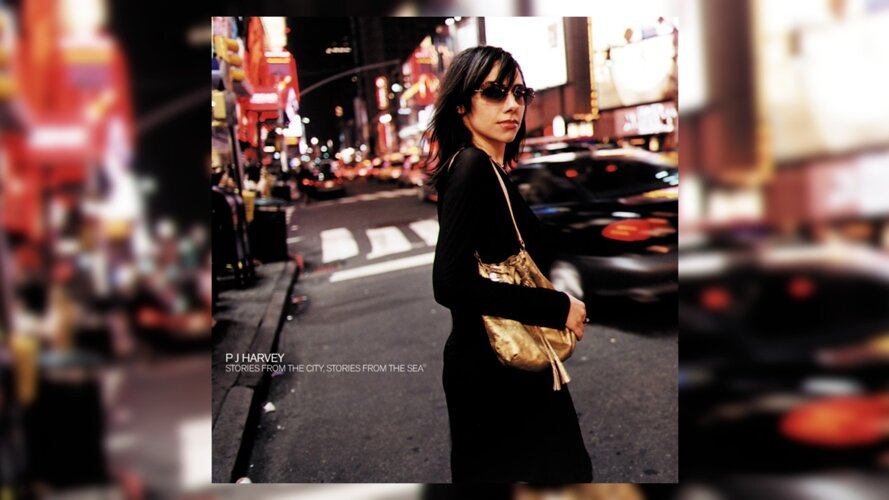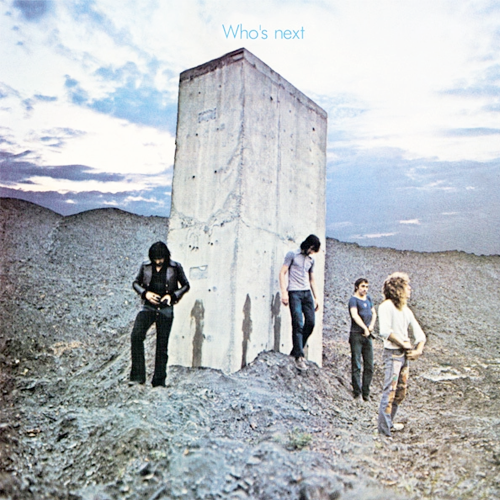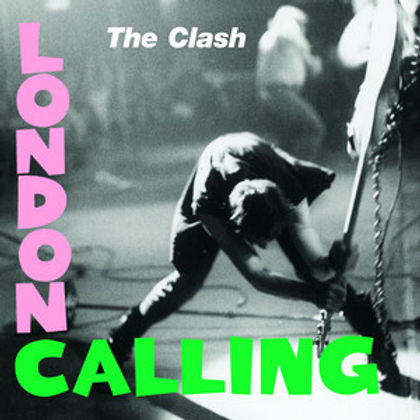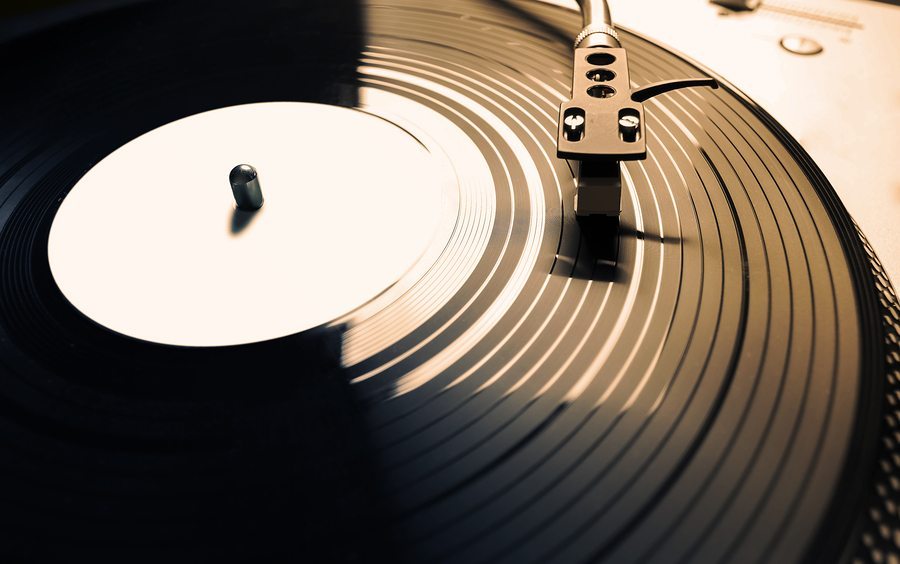These articles originally appeared at Albumism on November 21, 2016 and November 3, 2019.
In the fall of 2016, the staff at Albumism was given the task of choosing our picks for the 50 finest albums of the 21st Century so far. Recently, we were also asked to give our best of the 2010’s. I’ve combined some of my picks from both lists, so without further ado (and in no particular order), here are my choices. Enjoy!
BOB DYLAN | Love And Theft
Columbia (2001)

I don’t think I’m breaking any new ground by stating that any album released on September 11, 2001 has probably been relegated to the clearance rack of time. Along with Jay-Z’s The Blueprint, Bob Dylan’s Love And Theft was the exception to the rule. It was the first album he released after his 1997 comeback LP, the very dark and somber Time Out of Mind. Produced under the pseudonym Jack Frost, Dylan went away from the hazy, artsy style of his previous producer Daniel Lanois to a more vibrant, free flowing vibe that allowed his backing band to cut loose.
Love And Theft is a glorious tribute to numerous styles of early 20th century American music. From “Tweedle Dee and Tweedle Dum”, a Bo Diddley meets New Orleans inspired number about drunken revelers determined go the entire route of a Mardi Gras parade to the swinging “Summer Days”, Dylan and his band sound like they are just enjoying playing the hell out of this music. Dylan’s gift for biting social commentary is in top form as evidenced by “High Water (for Charley Patton)”, a blunt look into the South’s troubled racial history.
Love And Theft was a very bright light during a very turbulent and dark time in America. It was also a great beginning to the twilight years of Bob Dylan’s great career.
DAVID BOWIE | Heathen
ISO/Columbia (2002)

A big mistake many music icons make in the latter years of their careers is to try and replicate the sound of their greatest success, often with disastrous results. The same cannot be said for the late David Bowie’s Heathen, the twenty-second studio album of his legendary career. For this album, Bowie reconnected with producer Tony Visconti, who last worked with him on Scary Monsters (And Super Creeps) (1980), and together they managed to merge the Bowie sound of the ‘90s with modern production and instrumentation and develop the sonic feel and tone of a classic Bowie album.
Bowie manages to push out covers of The Pixies’ “Cactus” & Neil Young’s “I’ve Been Waiting for You” and put his own stamp on them. Who else could write and sing a song about Uncle Floyd (“Slip Away”) and have it be one of the highlights of their album? Recorded before and after 9/11, Bowie always insisted that the material was not written about that tragic day, even though its themes are about despair and a hope for a better future.
What easily could’ve been a big downer of an album turned out to be a very pleasant surprise. It’s Bowie in his comfort zone, not worried about anything but putting out a solid album for himself and those of us who stuck by him all these years.
ST. VINCENT | St. Vincent
Loma Vista/Republic (2014)

By the time St. Vincent’s self-titled fourth album was released, she had already established herself as one of the best guitarists in the business, but this LP took her career into another level. The songwriting was her best at that point in her career and in turn gave the album brighter feel than her previous releases. In an interview with Pitchfork in 2014, Annie Clark stated that she “wanted to make a party record you could play at a funeral.” With songs like “Birth in Reverse,” “Digital Witness,” “Severed Crossed Fingers,” and “Huey Newton,” St. Vincent comes across as the love child of Kate Bush and post-2000 David Bowie. St. Vincent’s self-titled album established her as one of the most innovative artists of her generation.
DAVID BOWIE | Blackstar
ISO/RCA/Columbia/Sony (2016)

Only David Bowie could pull off saying farewell to the world and deliver his own eulogy through his final album. Blackstar, his twenty-fifth and final studio LP, is bold, innovative and everything we were not expecting. That pretty much sums up his career. For the LP Bowie re-teamed with his long-time producer Tony Visconti, who stated that their goal “was to avoid rock’n’roll.” They were also inspired by listening to Kendrick Lamar’s To Pimp a Butterfly (2015). Bowie did not use his regular studio band, but a group of local jazz musicians and the results are breathtaking. As you sit down and listen to Blackstar, Bowie slowly reveals that this is his way of saying goodbye: “Look up here, I’m in heaven / I’ve got scars that can’t be seen / I’ve got drama, can’t be stolen / Everybody knows me now – Lazurus.” Blackstar requires a few spins before you can truly appreciate this great piece of art. There’s nothing left to say, but thank you, David Bowie.
DANGER MOUSE & DANIELE LUPPI | Rome
Parlophone/EMI (2011)

What do you get when you combine the talents of one of the most creative music producers of his generation with those of an acclaimed Italian composer? You get Danger Mouse & Daniele Luppi’s Rome, an album inspired by the music from spaghetti westerns. The duo wanted to capture the sound of those westerns so badly, they used musicians who recorded on many spaghetti westerns. Nine of the LP\’s fifteen tracks are instrumentals with Jack White and Norah Jones evenly splitting the remaining six. When I first played the album, I got a vibe that was more of a sixties foreign film like Darling instead of a spaghetti western. The highlight tracks are White’s “Two Against One” and Jones’ “Season’s Trees.” Rome is beautifully arranged and the track sequence is absolute perfection. Danger Mouse and Luppi, along with a crucial assist from White and Jones, created a flawless soundtrack to a movie that does not exist.
MAVIS STAPLES | One True Vine
ANTI- (2013)

Mavis Staples’ One True Vine, the second LP produced by Wilco’s Jeff Tweedy, masterfully highlights the incredible instrument that is Staples’ voice. The album opens up with a beautiful cover of Low’s “Holy Ghost” with only an acoustic guitar and Staples. One True Vine is an album that possesses a quiet power and strength rarely heard in today’s music. It is essentially a gospel album, even with the inclusion of a cover of Funkadelic’s “Can You Get To That.” The production is flawless and brings out the absolute best in Staples. The team of Staples and Tweedy deliver an inspiring album that delivers a message of peace and love. Carve out some time and give this a listen.







